Assistive Technology
The term "assistive technology" (AT) means any item, piece of equipment, or product system, whether acquired commercially off the shelf, modified, or customized, that is used to increase, maintain, or improve the functional capabilities of an individual with a disability. [IDEA, Section 1401]. Students may request assistive technology services to assist in selecting, acquiring, training, or using an assistive technology system.
The following categories and links below are examples of assistive technology solutions:
AT Software
JAWS, Job Access With Speech, is a comprehensive screen reading system that helps low vision or blind users complete tasks through speech and Braille output on your PC.
JAWS
Scanning/Reading
Kurzweil 1000 is scanning/reading software that makes printed or electronic text accessible to students with visual impairments. The application turns text into synthesized speech to convert text into speech.Kurzweil 1000
Magnification Software
ZoomText is a software that magnifies the computer screen for students with low vision.
This program also has the ability to read documents, web pages, and email.
ZoomText
Kurzweil 3000 is a program that enables the conversion of print to electronic text which can be read to the user. The program also offers a variety of study skill tools to make learning easy.
Kurzweil 3000
Writing Assistance Software
Grammarly supports your writing process reasoning with suggestions and prompts to make sure your ideas are clearly understood.
Grammarly
Recording/Speech to Text Transcription Software
Otter.ai records lectures and automatically transcribes them to written notes in real-time. Students can focus on more in-depth learning during lecture, Otter generates a summary of the entire transcript.
Otter.ai
Dragon Naturally Speaking is a voice recognition system that makes it possible to write text and to control most applications and computer workstation functions with your voice.
Dragon Speech Recognition
AT Hardware
- Closed Circuit Televisions (CCTVs) - are available at the HTC and SAS Testing Services for video magnification of print and other materials.
- Headsets - Students can concentrate on audio text, and use an attached microphone which allows for hands-free use of voice recognition software.
- Double monitors - provide a better view of enlarged text and graphics if needed.
- Flat-bed scanners
- Tactile Image Enhancer - creates an upraised impression of an image on specially made paper.
- Large-Print Keyboard - Black on Yellow
- Large-Print Keyboard - White on Black
- Magnifying Glass Tools
- Talking Calculator
- Headphones can provide privacy and noise canceling
- Flat-bed scanners to access audio reader
- Students can concentrate on audio text
- Adjustable height chairs and adjustable height tables
- Laptops equipped with adaptive software throughout the school year
- Ergonomic and special keyboards that make typing more comfortable
- Headsets with attached microphone which allows for hands-free use of voice recognition software.
Contact the High Tech Center
- Wheelchair Access: Use the entrance next to water tower.
- Parking: Accessible parking is available in all parking lots. Parking lot # 8 is next to the Student Health Services and Child Development Center.
- Restrooms: There are restrooms next to Portable 1.

